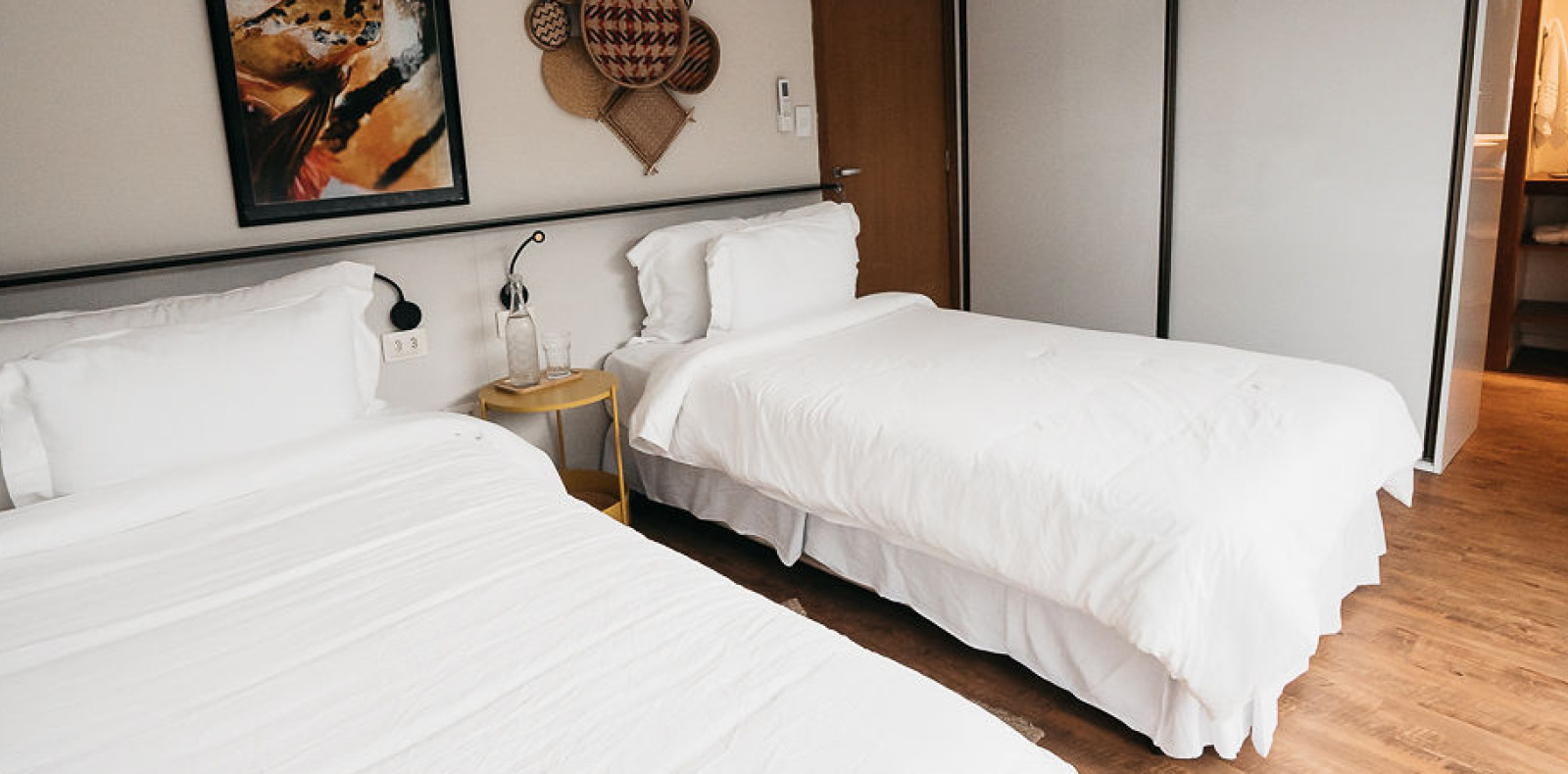Multi-ethnics tribes
The majority of the indigenous population in the middle sectors of Rio Negro identify themselves as Baré, a tribe originally from the region. There are also several groups that have moved from the upper Rio Negro, especially Tukano, Tariana, and Baniwa. In the middle of the Rio Negro, the different indigenous groups often live in the same communities or neighborhoods. They marry among themselves and with non-indigenous people, creating a multi-ethnic profile within each community.
Indinegous territories
The Middle and Upper Rio Negro reaches of Brazil have one of the largest multi-ethnic Indigenous Lands Territories in the entire Amazon. This enormous cultural mosaic is formed by 5 different official protected native lands which cover about 26 million acres. The importance of protecting these enormous portions of intact Amazon forest and ancient culture is invaluable.
Ancient culture
Each community operates as an independent sociopolitical unit. Each has its own manager – a type of captain or tuxaua – and a patron saint, if the majority of the population is Catholic. There is a common pattern regarding decision making within families and communities about how they use each area. Typically, forest clearings for annual crops, stretches of rivers and creeks where they fish, and areas used to collect forest resources. Normally the use of these collection areas is shared.
See more about the experience
If you want to read more about the travel, logistics, gear of this incredible experience, check out our travel planner.










 riomarieflyfish
riomarieflyfish